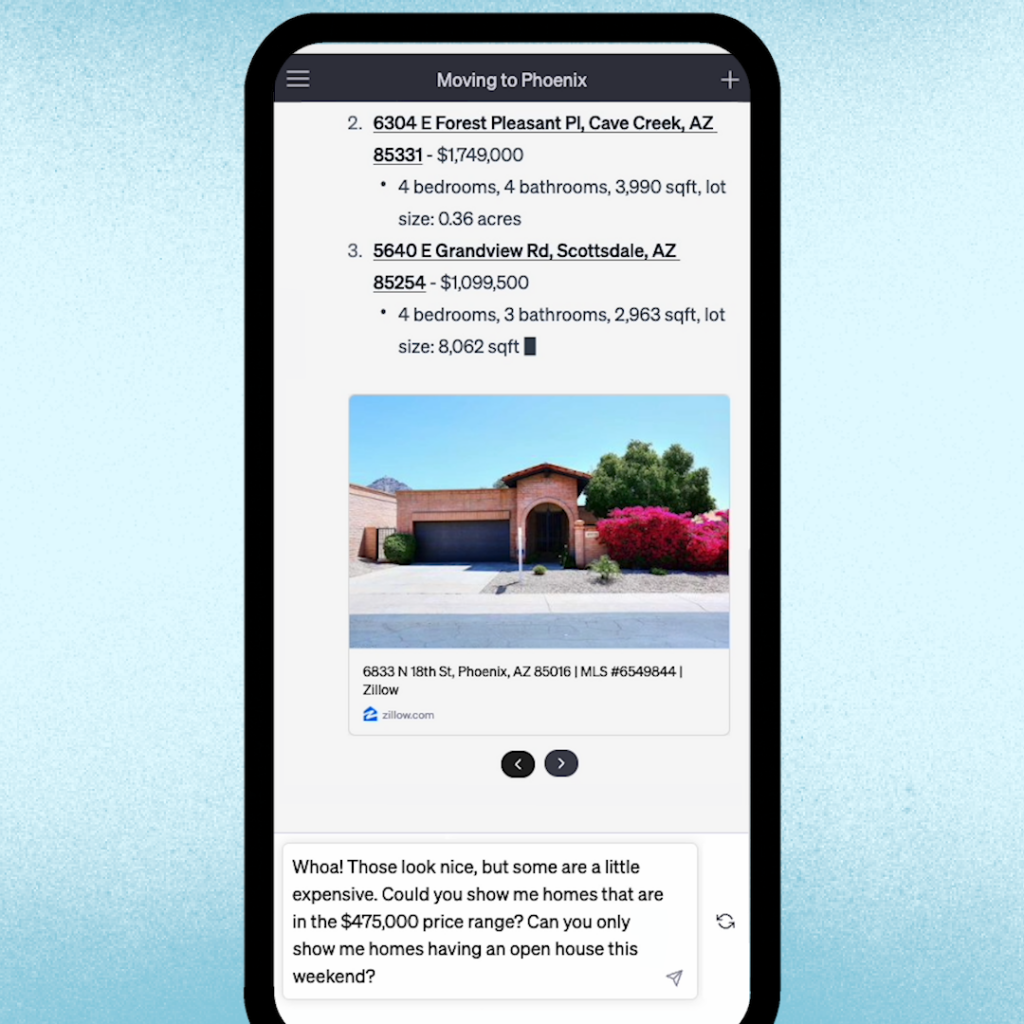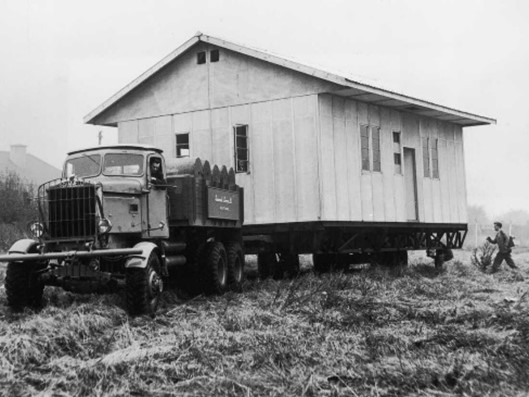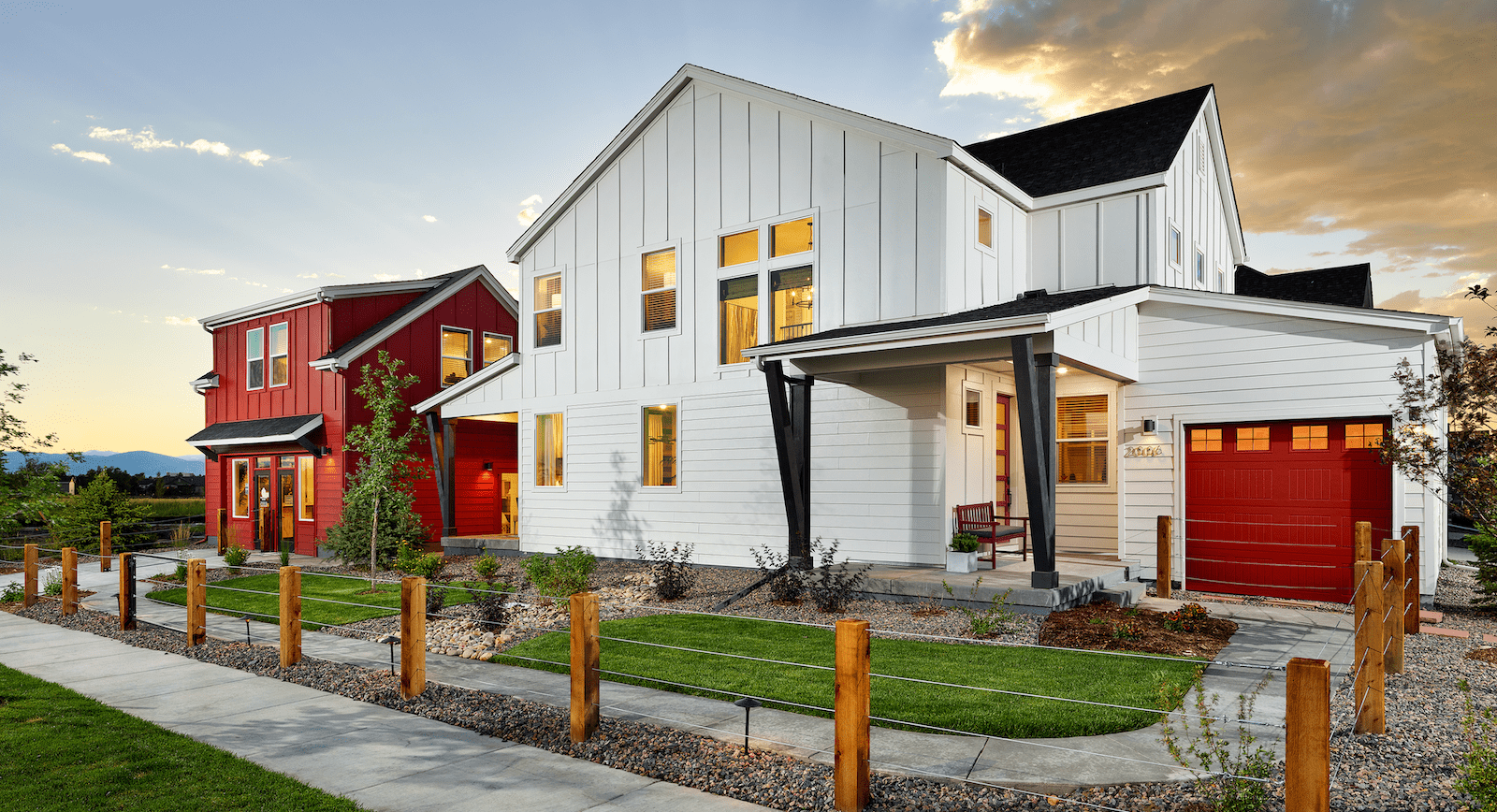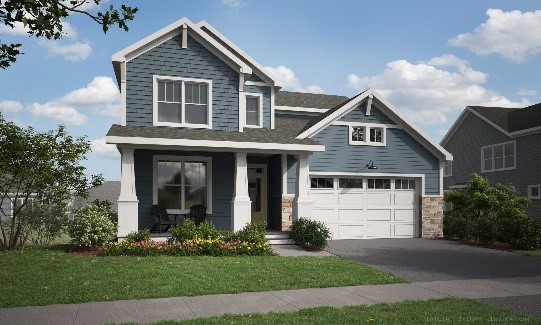You can now shop for homes through Zillow’s new plugin on ChatGPT.
 [image: Zillow Group] |
For many, ChatGPT is the new Google, and its abilities continue to get more advanced. One of the latest advancements is Zillow’s new plugin on ChatGPT, which allows users to easily pull from Zillow’s vast database of property information, home valuations, and real estate listings. Want a list of four-bedroom for-sale homes in Arizona? Easy. This collaboration between Zillow and ChatGPT demonstrates the growing potential of artificial intelligence in revolutionizing the way people engage with the real estate market. |
Why prefabrication might not be the cost-cutting solution we thought it was.
 [image: Fox Photos/Getty Images] |
Mass-production factory-built homes took inspiration from Ford’s assembly line and the opportunity to cut costs through efficiencies. However, the reality is that factory-built homes haven’t had the same success as cars. Both deal with the challenges of cyclicality and downturns while having high fixed costs, but manufactured homes feel the effects more. Although efficient to build, they’re not that much more efficient than houses built on-site. Some companies are trying to crack the code through various techniques: flat panels that are less expensive to transport, pre-wiring, streamlining the plumbing process, etc. Meanwhile, others are struggling to find success, like Entekra, which will be dissolving by the end of the month. Listen to this while driving your factory-built car. |
Attainable housing options: Rethinking the starter home.
 [image: Eric Lucero] |
The starter home of old—likely detached, reasonably sized, and probably with a small yard—has become unattainable for most first-time home buyers. It’s time for the industy to reassess what constitutes a starter home. One option is single-family build-to-rent, which jumps the hurdle of a down payment but provides the neighborhood feel of a for-sale home. Another is multigenerational suites within homes, which speaks to the growing trend of communal living. Lastly, many builders are designing denser homes that live large and are supplemented by attractive amenities. Check out the link to see examples that put these solutions into practice.]
|
Where are we working? Companies are compromising with hybrid…for now.
 [image: Eric Lucero] |
Despite signs early this year that employees were returning to pre-pandemic work habits, most companies are settling with hybrid. It varies by:
Despite varying efforts to encourage in-person work, workers have leverage as long as unemployment remains low.
|
Rain or shine, this neighborhood is ready to power through.
 [image: Eric Lucero] |
The first all-electric, solar-powered, storm-resilient neighborhood, called Hillside East, is being built in Vermont. The 155 homes in Hillside East will be equipped with solar panels, Tesla Powerwalls (for energy storage), and Span Smart Panels (to manage energy usage). These features will make the homes self-sufficient during power outages. The cherry on top: lower electric costs. With help from Inflation Reduction Act tax credits, the resiliency package will cost homeowners about $85 a month and nothing upfront. |
Complete this form to learn about becoming a New Home Trends Institute member. For current members, reach out to Anja Seng to learn more about trends we are seeing and how they are impacting the housing industry.

